Introduction
The COVID-19 pandemic has caused unprecedented fatalities worldwide, necessitating safe and dignified burial practices to prevent further transmission and respect the deceased. Establishing safe burial sites for COVID-19 victims requires adherence to health guidelines, environmental considerations, and cultural sensitivity.
This article provides a step-by-step guide on setting up burial sites, following WHO and CDC recommendations, while addressing community concerns and legal requirements.
Providing a proper burial site for COVID-19 fatalities is crucial to ensure dignified and safe handling of the deceased while minimizing the risk of transmission. Here are key considerations and steps for establishing a burial site for COVID-19 victims:
1. Compliance with Health Guidelines
Follow guidelines from the World Health Organization (WHO), Centers for Disease Control and Prevention (CDC), or local health authorities. Key recommendations include:
-
Safe handling of bodies: Use PPE (gloves, masks, gowns) for workers.
-
No embalming: Avoid unnecessary procedures that increase exposure risk.
-
Immediate burial or cremation: Depending on local regulations and cultural practices.
2. Site Selection
-
Location: Choose land away from water sources (to prevent contamination) and residential areas (to reduce public concern).
-
Capacity: Ensure enough space for expected fatalities (mass graves may be necessary in extreme cases).
-
Accessibility: Easy access for transport while maintaining security to prevent unauthorized entry.
3. Burial Process
-
Individual graves (preferred): If resources allow, each body should be buried separately.
-
Mass burial (if unavoidable): Clearly document identities for future exhumation if needed.
-
Depth: WHO recommends at least 1.5 meters (5 feet) deep to prevent environmental contamination.
-
Maintain records of the deceased (name, age, date of death, burial location).
-
Allow families to participate in a safe manner (e.g., virtual ceremonies, delayed memorials).
5. Environmental & Legal Considerations
-
Local laws: Ensure compliance with burial regulations (some countries require cremation for COVID-19 victims).
-
Environmental protection: Use biodegradable materials if possible; avoid chemical disinfectants that harm soil/water.
6. Community Engagement
7. Long-Term Management
Alternative Options
Would you like help finding specific guidelines for your country or region?



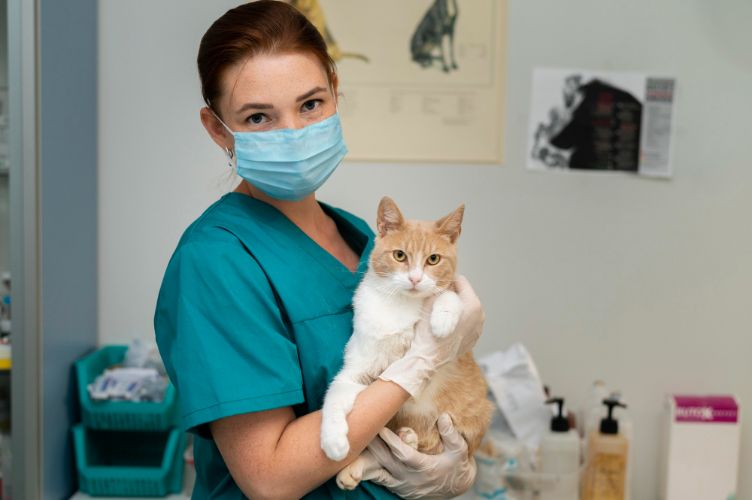
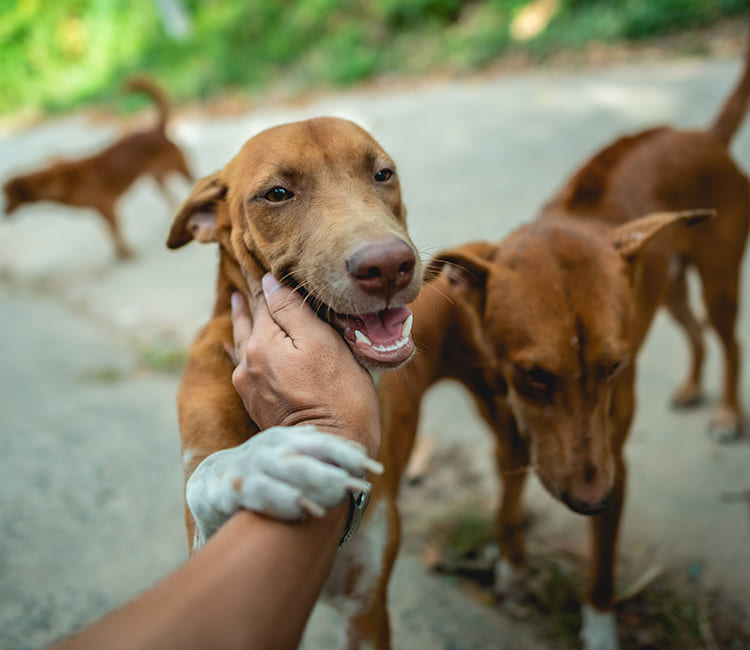
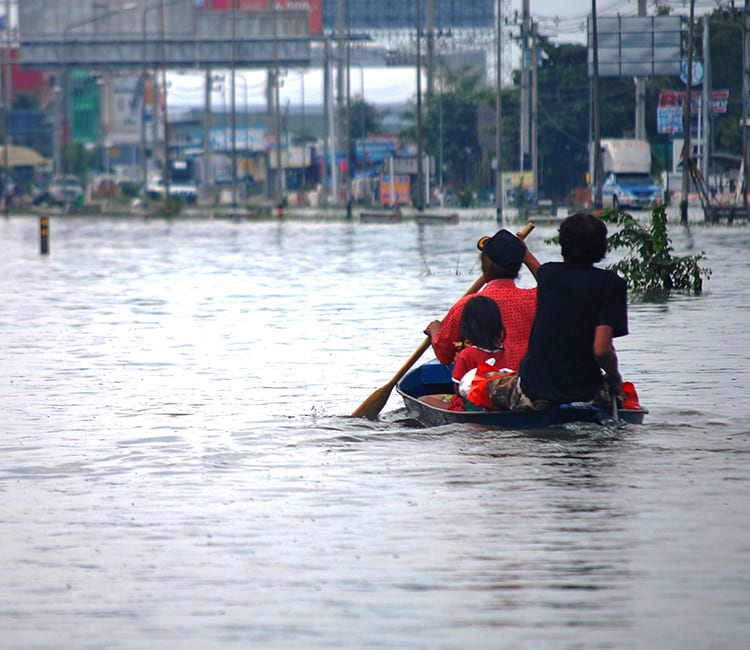
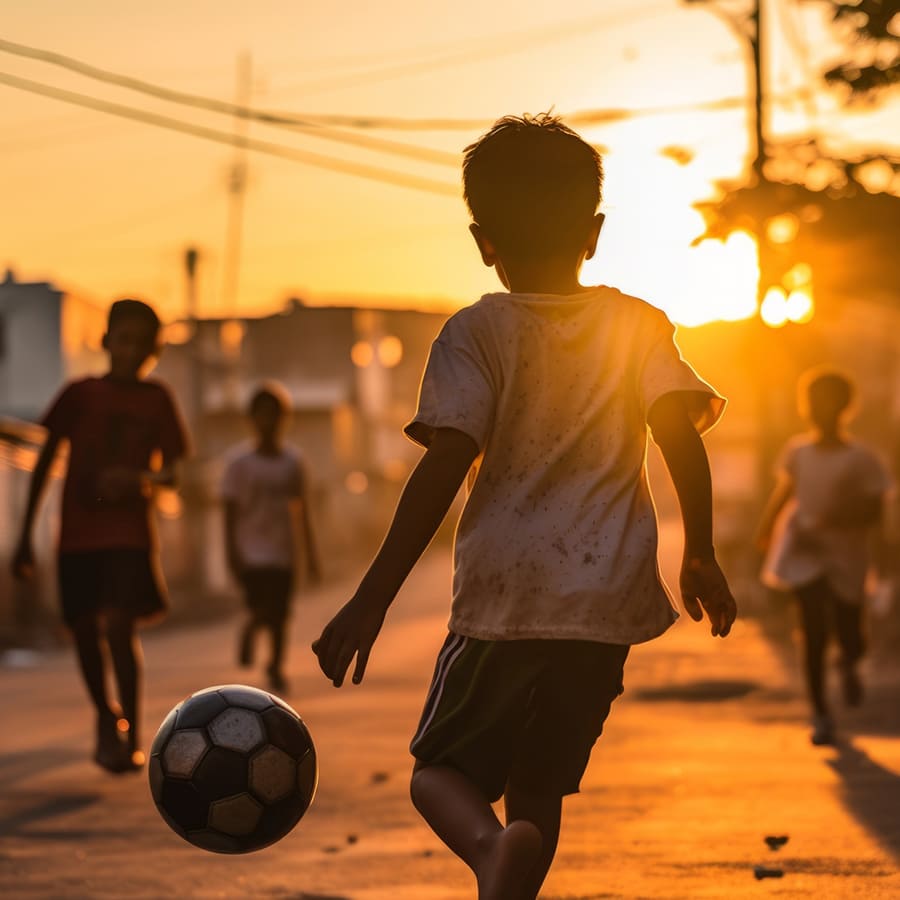
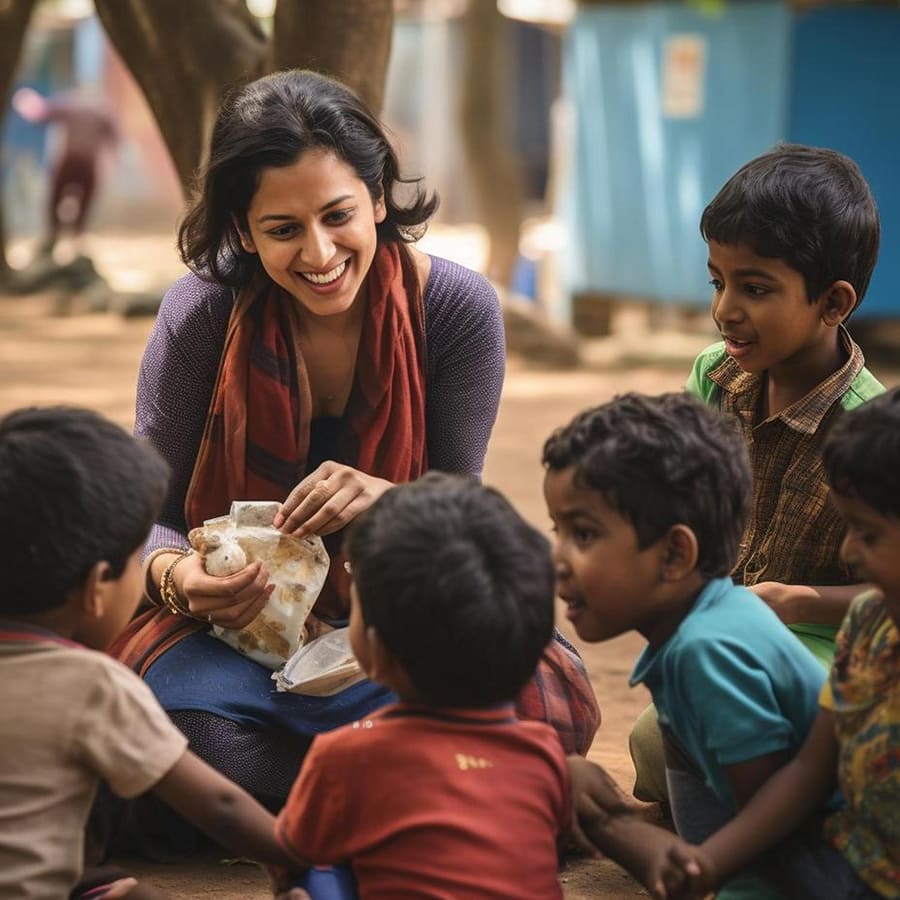
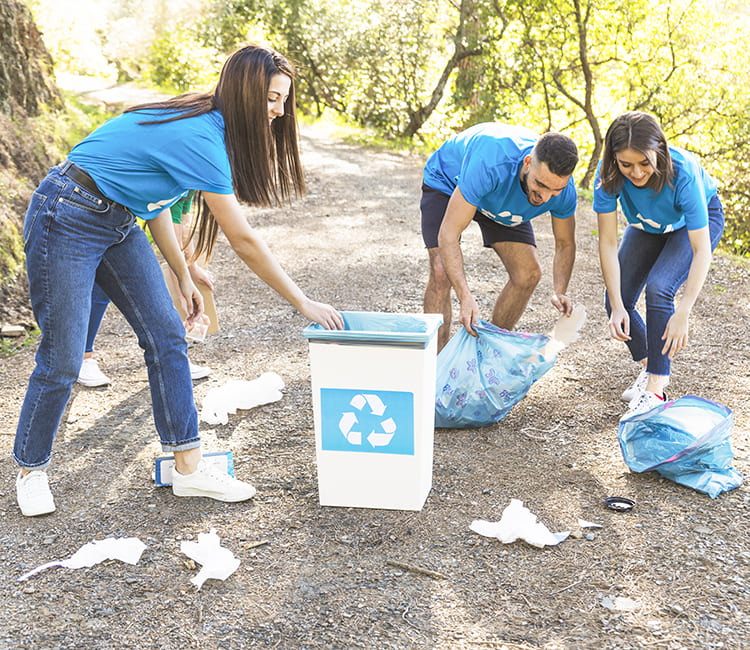
Introduction
The COVID-19 pandemic has caused unprecedented fatalities worldwide, necessitating safe and dignified burial practices to prevent further transmission and respect the deceased. Establishing safe burial sites for COVID-19 victims requires adherence to health guidelines, environmental considerations, and cultural sensitivity.
This article provides a step-by-step guide on setting up burial sites, following WHO and CDC recommendations, while addressing community concerns and legal requirements.
Providing a proper burial site for COVID-19 fatalities is crucial to ensure dignified and safe handling of the deceased while minimizing the risk of transmission. Here are key considerations and steps for establishing a burial site for COVID-19 victims:
1. Compliance with Health Guidelines
Follow guidelines from the World Health Organization (WHO), Centers for Disease Control and Prevention (CDC), or local health authorities. Key recommendations include:
Safe handling of bodies: Use PPE (gloves, masks, gowns) for workers.
No embalming: Avoid unnecessary procedures that increase exposure risk.
Immediate burial or cremation: Depending on local regulations and cultural practices.
2. Site Selection
Location: Choose land away from water sources (to prevent contamination) and residential areas (to reduce public concern).
Capacity: Ensure enough space for expected fatalities (mass graves may be necessary in extreme cases).
Accessibility: Easy access for transport while maintaining security to prevent unauthorized entry.
3. Burial Process
Individual graves (preferred): If resources allow, each body should be buried separately.
Mass burial (if unavoidable): Clearly document identities for future exhumation if needed.
Depth: WHO recommends at least 1.5 meters (5 feet) deep to prevent environmental contamination.
4. Documentation & Dignity
Maintain records of the deceased (name, age, date of death, burial location).
Allow families to participate in a safe manner (e.g., virtual ceremonies, delayed memorials).
5. Environmental & Legal Considerations
Local laws: Ensure compliance with burial regulations (some countries require cremation for COVID-19 victims).
Environmental protection: Use biodegradable materials if possible; avoid chemical disinfectants that harm soil/water.
6. Community Engagement
Address stigma and fears through public awareness campaigns.
Provide mental health support for grieving families.
7. Long-Term Management
Plan for future exhumation/reburial if needed.
Mark graves properly for identification.
Alternative Options
Cremation: Preferred in some regions to reduce transmission risks.
Designated cemeteries: Some cities created COVID-19-only burial sections.
Would you like help finding specific guidelines for your country or region?